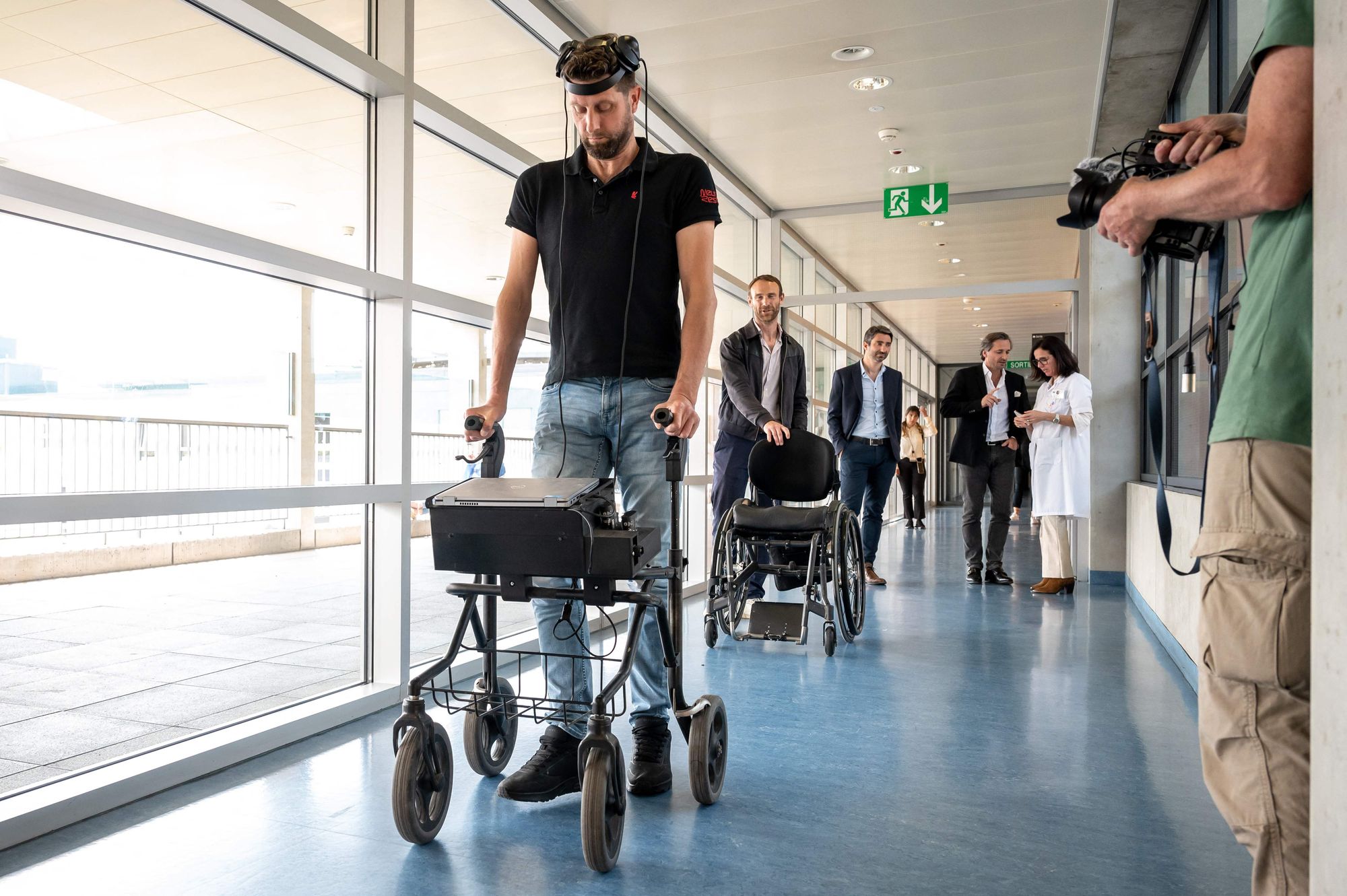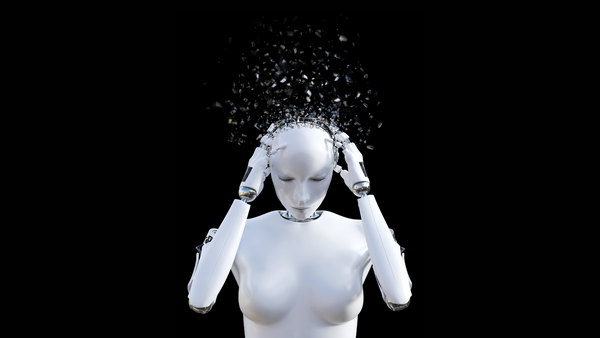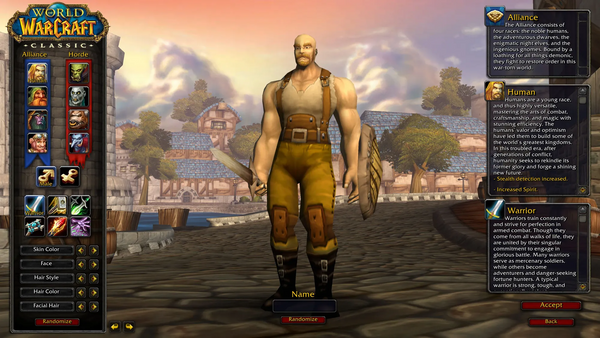In an extraordinary display of tech-meets-biology, Swiss and French neuroscientists have given a paraplegic man the ability to walk again with the help of an AI-empowered brain-machine interface. Sounds like a sci-fi blockbuster, right? But for Gert-Jan Oskam, this is a reality.
How It Works: Oskam, who had been paralyzed since a tragic 2011 cycling accident, now stands, walks, and even conquers stairs, all thanks to a "digital bridge" device.
- This high-tech wonder, powered by adaptive AI algorithms, deciphers real-time movement intentions from Oskam's brain activity. The neural activity is captured by electrodes planted in the patient's brain, which light up when Oskam attempts to move his legs.
- The innovative AI technology steps in next, translating these brain signals into commands that get dispatched to additional electrodes located in Oskam's spine.
- This process stimulates his muscles and nerves, producing the desired movement. Although his steps aren't quite as fluid yet, the mind-controlled mobility has ushered in a newfound sense of freedom and empowerment for Oskam.
What Lies Ahead: As per the findings published in Nature, this revolutionary approach may soon open up possibilities for restoring mobility in patients suffering from strokes or spinal cord injuries. This breakthrough could be the dawn of a new era in medical technology, illustrating the potential power of AI when applied to human health.








